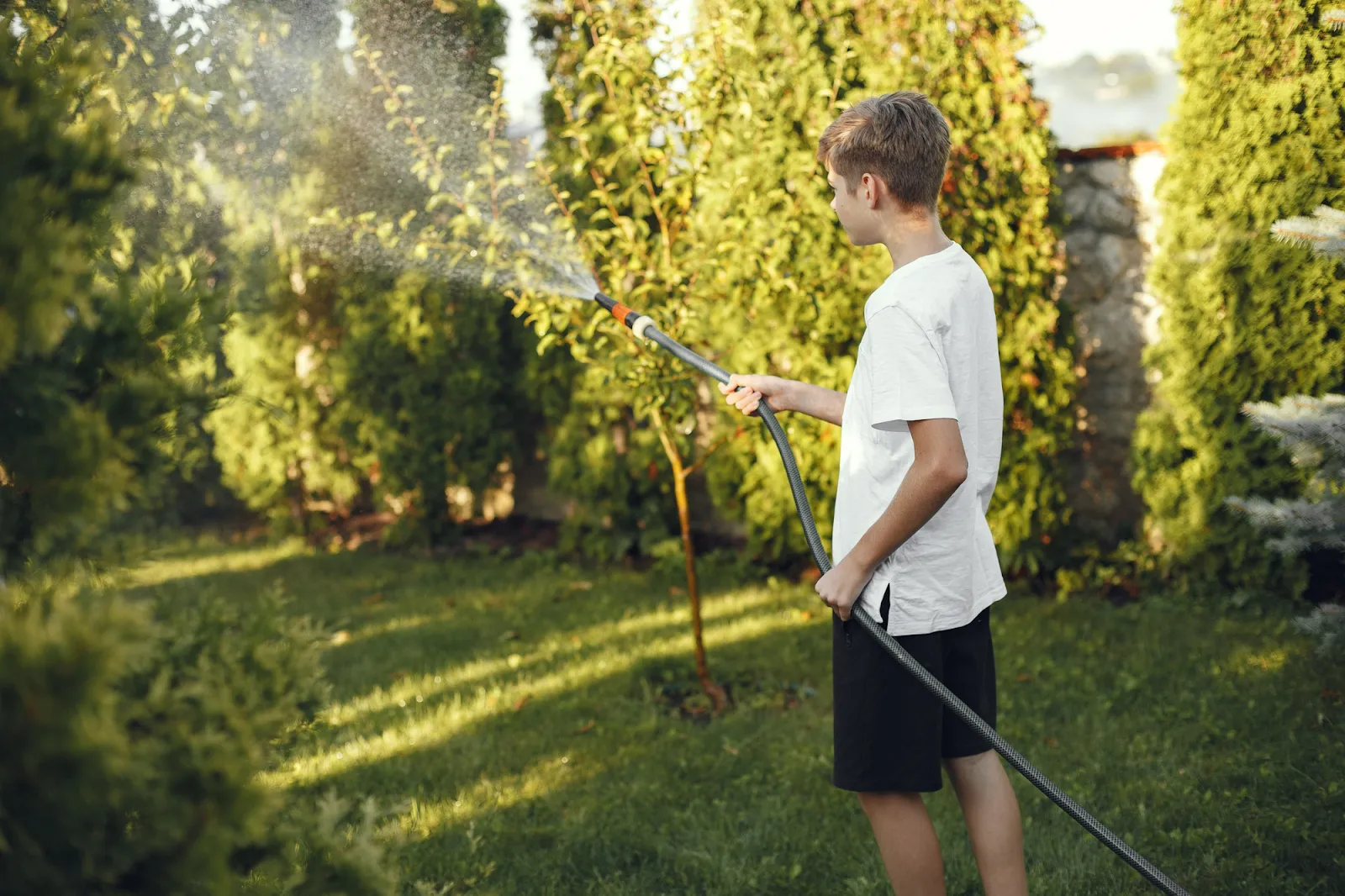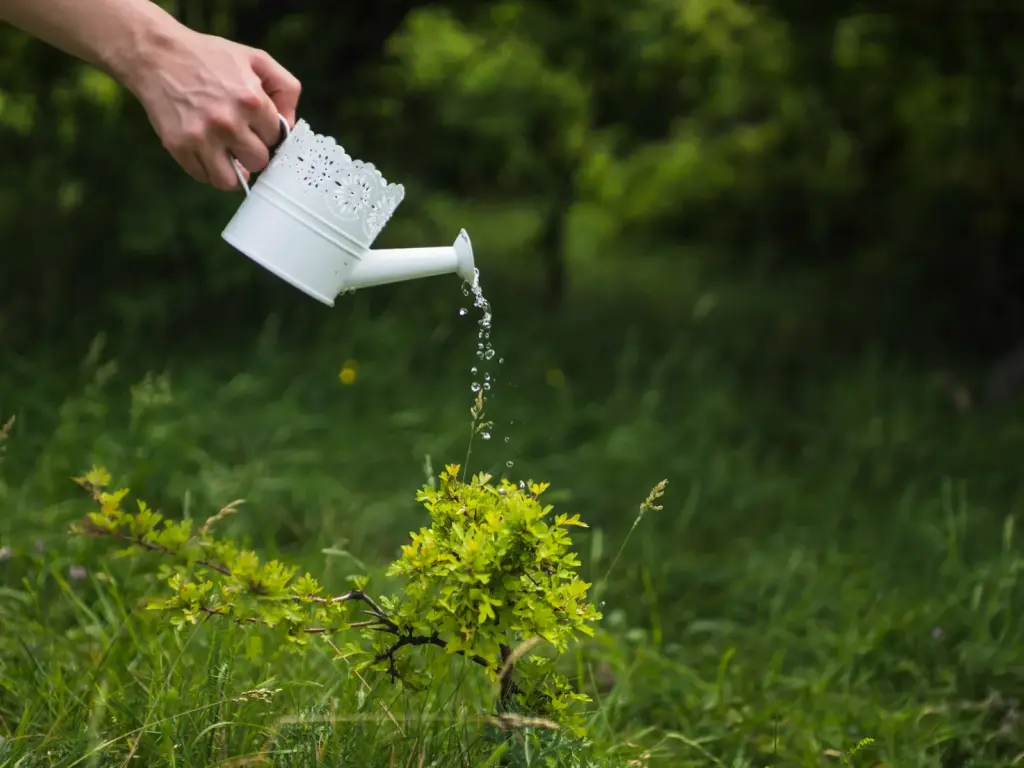Before it gets too cold, fall is a great time to give your lawn some extra care. Proper care during this season can make a big difference, ensuring your lawn stays healthy during the cooler months.
However, deciding when and how to water your lawn isn’t always straightforward, especially as the days get shorter and temperatures drop. But don’t worry—we’re here to guide you. Our goal is to help your garden enter winter strong and healthy.
Why Should You Water Your Lawn In The Fall?

Fall is a critical time for your grass. Even though the blades may not grow as quickly, the roots are still working hard. Providing enough water now is essential to help them gain strength before winter.
During this season, it’s also important for fertilizer to reach deep into the soil, and water is what carries it to the roots. If you neglect watering your lawn in the fall, it could develop weak roots and face challenges like frost, drought, or sudden weather changes.
When Is The Optimal Time To Water In The Autumn?

Watering your lawn is best done between 6 and 10 a.m., when the air is cool and the sun hasn’t begun to evaporate the water. This gives the grass enough time to absorb the water and avoid being wet overnight.
Watering in the afternoon or evening, while convenient, isn’t the best choice. Overnight moisture encourages fungi and diseases, which you want to avoid. If mornings are too hectic, consider using a timer on your irrigation system. It’s a practical way to maintain a consistent schedule, even on busy days.
How Much Water Does Your Lawn Need In Autumn?

With cooler weather in autumn, you don’t need to water your lawn as much as you do in summer. In fact, 1 to 1.5 inches of water per week, including rain, is enough to prepare your lawn for the winter months.
It’s easy to think that the more water you give your lawn, the better, but keep in mind that overwatering can saturate the soil, stress the roots, and increase the risk of fungus. To make your job easier, you can place empty containers around your yard while watering to measure how much water it already has.
Don’t forget that different types of grass have different needs. That’s why you need to take a moment to identify your type of grass and adjust your watering schedule accordingly.
Tips For Maximizing Lawn Care In The Fall

Watering your lawn is key, but it works best when combined with other seasonal care tasks. For example, keeping your grass at a height of about 2 to 2.5 inches is the ideal balance for facing the colder months. Cutting it too short weakens it, while leaving it too long can cause issues when snow falls.
Early fall is also the best time to fertilize. A good potassium-rich fertilizer helps strengthen the roots and prepare them for the cold. Just remember to water after applying it to ensure the nutrients penetrate the soil.
Don’t forget about the leaves. A thin layer can act as insulation, but a thick pile blocks sunlight and traps too much moisture. Spend a few minutes raking or shredding the leaves into small pieces—this allows your lawn to breathe while benefiting from the organic matter.
Caring for your lawn in the fall means preparing it to stay strong and healthy year-round. By incorporating morning watering, providing the right amount of water, and adjusting your plan based on the weather, your lawn will be ready to withstand winter and thrive in spring.
Add a few seasonal tasks, and you’ll see how your efforts translate into a healthy, vibrant garden ready for whatever comes next. Even though the growing season is winding down, what you do now makes all the difference for the months ahead.





